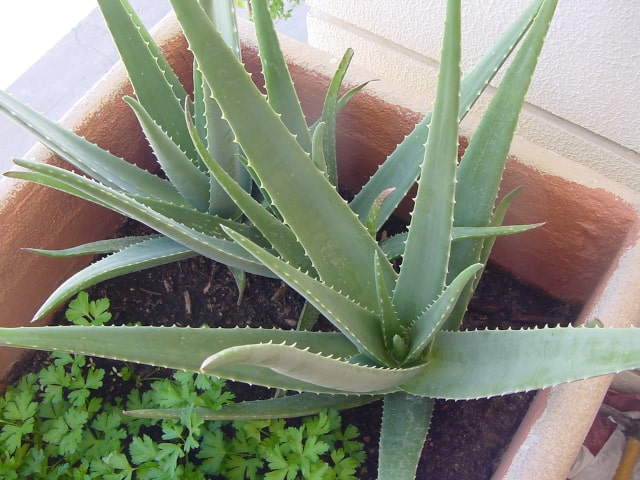
Aloe vera is a gorgeous plant that looks quirky and can brighten up any home. These are succulent plants, and they don't require much complex care. In fact, Aloe vera plants are great for beginners who don't know much about gardening, because they can withstand neglect and even continue to thrive. They are also great for more experienced people who just don't have enough time to dedicate to gardening.
Aloe vera plants offer numerous additional advantages, in addition to their whimsical appearance. These are medicinal plants with numerous health properties. Also, Aloe vera plants can help clean the air in your home. They are useful and look very nice, so it is not surprising that you might wish to propagate them to get more Aloe vera plants.
Why Propagate Aloe Vera in Your Home
Not many people know, but it is actually very easy to propagate Aloe vera. This is typically done using offsets, and it provides great success. Propagating Aloe vera is preferable to buying new plants, because it saves money, and it can be a fun project for the gardener.
You can easily get many more of the Aloe vera plants for your home, or you can make them into gifts for your friends and family. Because they are so easy to propagate, this project generally doesn't end in frustration and disappointment. While not every single propagation will be successful, chances are that you will be able to get many new Aloe vera plants with a minimum effort.
Propagate Aloe Vera with Success
While it might not seem so, Aloe vera plants are extremely easy to propagate. This is great for all beginner gardeners and those who don't have much time to dedicate to their plants.
Also, keep in mind that propagating Aloe vera with offsets also requires some additional things to work properly. A rooting hormone, while not a must, will ensure much better rooting and quicker results. Also, make sure to always have a proper soil mix for your Aloe vera plants. You need to use an organic cactus and succulent soil mix. Remember, once you propagate Aloe vera, the new plants will be fragile. They need the best soil mix and the most favorable conditions so they can thrive.
As noted above, Aloe vera plants tend to be extremely easy to propagate, but you don't want to simply make propagation successful: you also want to ensure that the new plants are strong, healthy and thriving.
Keep in mind that in the wild, Aloe vera plants propagate through seeds. While this is not an impossible to achieve in the home, it is easiest and most convenient to propagate Aloe vera through offsets.
Use Offsets for Aloe Vera Propagation
Before you can start propagation, you need to locate offsets on your Aloe vera plant. Offsets are also known as pups or offshoots, and these are growths on the mother plant that appear on the stem or root. These are basically clones of the original plant.
While growing, offsets depend on the parent plant for nutrients and water until they establish their own root system. This results in the plant growing outwards and into a clump consisting of many connected plants. Each of these plants will have its own roots.
Keep in mind that Aloe vera plants only start to produce offsets when they are a few years old. The older and healthier the plant is, the better it will be able to form offsets. If you wish to propagate Aloe vera, you should encourage it to create offsets. You can do this easily by providing the plant with plenty of sunlight. You may even add some succulent fertilizer during the spring and early summer. All of this will encourage it to grow better offsets.
You can see how offsets make Aloe vera propagation easy. Since offsets can grow their own roots, all you need to do is to divide your plant into the mother plant and the offsets. This is an extremely easy way to propagate Aloe vera plant.
It is possible to take offsets at any time of the year. However, it is best to do this during the growing season, in the spring or summer.
Method of Propagation
To propagate Aloe vera plant with offsets, you will need to prepare some tools and materials. You will need a healthy and strong Aloe vera plant with offsets, a container with drainage holes, a sharp, sterilized knife or clippers to collect offsets, and a well-draining succulent soil. Additional thing that is optional but can help is a rooting hormone.
The steps you need to take are quick and straightforward. First, locate the offsets on the mother plant's stems. Keep in mind that some might be hiding at the base of the plant and obscured by the leaves. Make sue that the chosen offsets have at least a few leaves and their own root system.
Take the whole plant out of the pot and brush as much soil as possible. Make sure to do it gently so you don't hurt the roots of the mother plant and its offsets. Once this is done, carefully untangle the offsets from the mother plant. You might need to use a knife or clippers for this. However, make sure not to cut any roots. Do this carefully so you damage the plant and offsets as little as possible.
Inspect the offsets and their roots for any sign of damage and rot. If you notice some, cut any root rot. Also, make sure to inspect the mother plant for damage. After this, you may wish to dip the ends of offsets into the rooting hormone, particularly if they have only a few or damaged roots. This will encourage the offsets to grow a strong root system.
Finally, repot your offsets in dry, well-draining soil. Make sure not to pack the soil too tightly. Also, put the mother plant back into its pot, or repot it in a larger container, if needed. An important thing to keep in mind is that offsets need to be dry for a few days, so do not water them. The roots need time to recover from the move. You should gradually start to water your plants after a few days have passed.
Photo credit: Olga Berrios
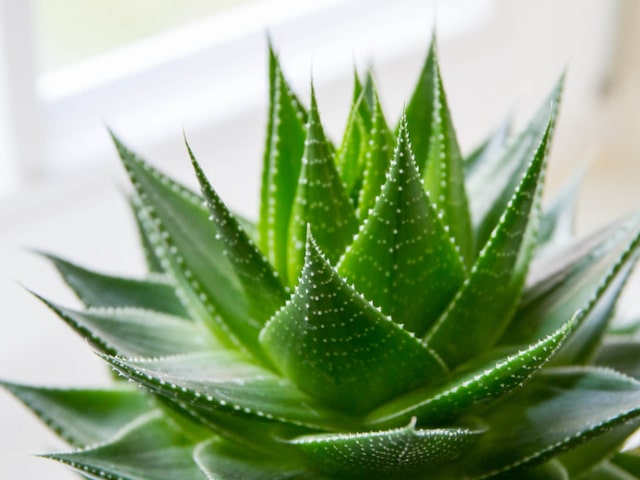
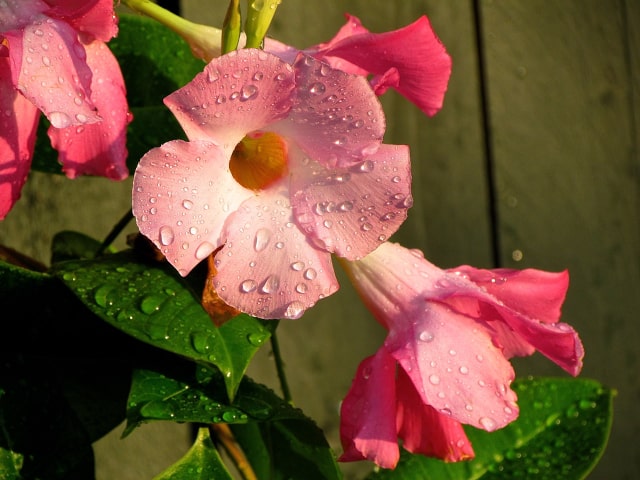
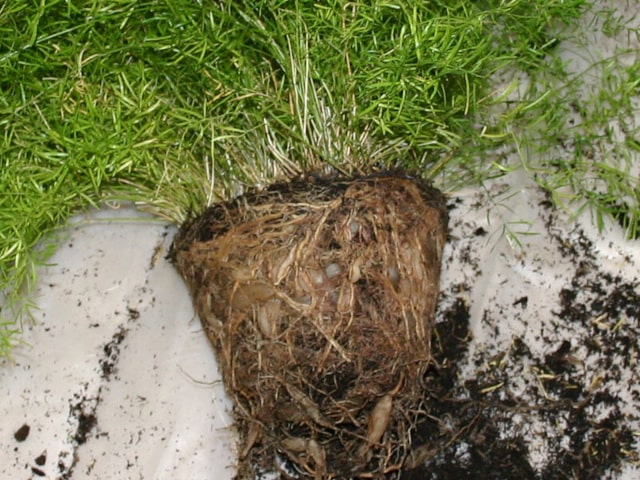
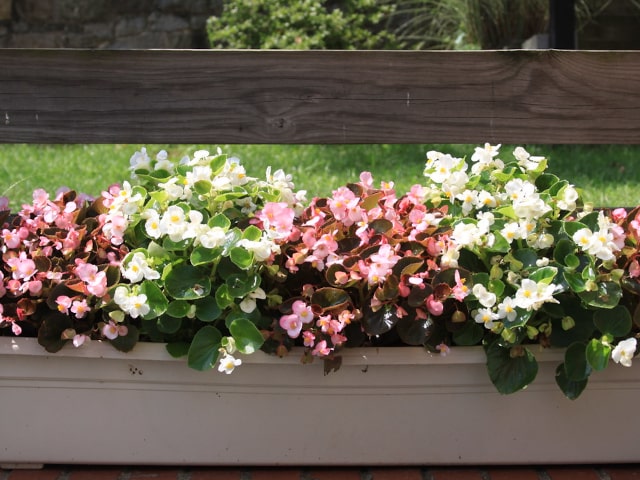
0 Comments